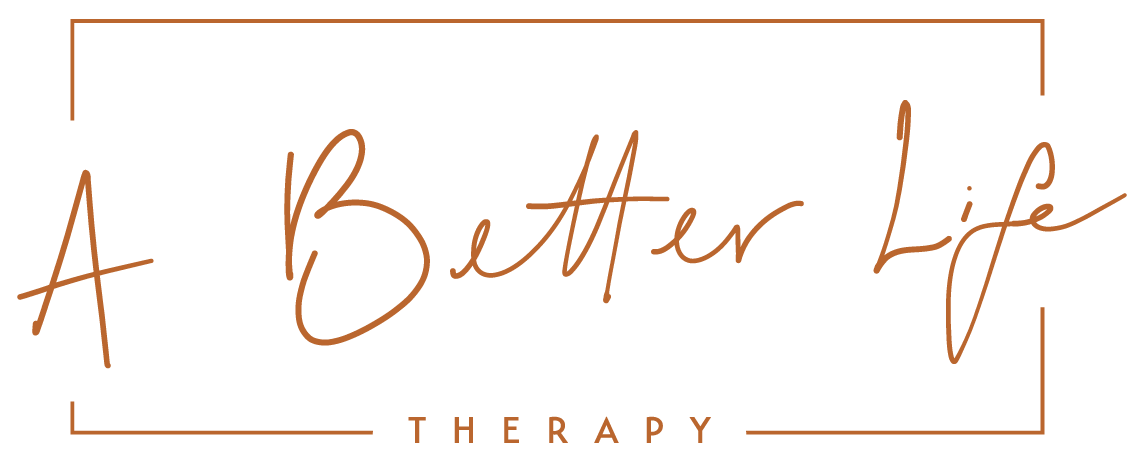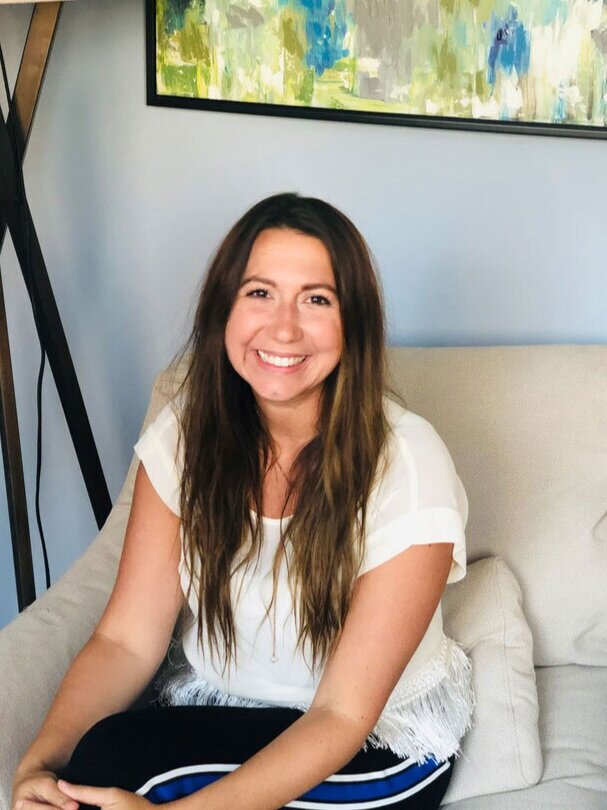One way your childhood is still impacting your current relationship
By Elizabeth Earnshaw, LMFT
As children, we develop something called an attachment style.
Fifty percent of the population develops what we call "secure" attachment.
This means that you had "good enough parenting" and "good enough childhood experiences".
Why do we say "good enough"?
Because, studies have shown, that parents and childhood does not have to be perfect to develop security.
When parents are predictably present and responsive in a "good enough" way children do just fine. So, what about the other 50 percent?
The other 50 percent develops what we call an "insecure attachment style". Based off of parenting or childhood experiences, these children will find ways to cope with unreliable parenting, often from a parent that has an unhealed attachment wound.
The Insecure Attachment Style is broken into three groups:
1. Anxious/Preoccupied
2. Dismissive/Avoidant
3. Fearful or Anxious Avoidant
When you have an insecure attachment style, the way that you engage in your adult relationships will be fueled by those feelings of insecurity. You will have "urges" in response to the things that make you feel insecure in a relationship. These urges will often make it challenging to maintain a healthy relationship or will increase the likelihood that you creating unhealthy means of connecting with your partner over the long term.
What does insecure attachment look like in a relationship?
When you have an insecure attachment style you will often be attracted to and develop relationships with people that also have insecure attachment styles, often the style opposite from yours.
Why is this?
We find what we feel comfortable with.
Comfortable does not always mean healthy.
So, if you had an avoidant and dismissive parent, you might find yourself being attracted to and "comfortable" with avoidant and dismissive partners. The other reason that we connect with other people that have attachment wounds is because securely attached people are unlikely to play into the "attachment games", as I like to call them.
Attachment Games
As a child, you learned to deal with insecurity in your most important relationships by developing coping skills.
As an anxious/preoccupied person you learned to be very vigilant and fearful of someone leaving you. To prevent being abandoned, you developed "skills" to maintain connection with people. Sometimes this meant being the person that was overly pursuant, sometimes it meant using manipulative techniques to keep people around. As an adult, you will have urges to respond in the same way whenever your partner gives you the inclination that they might be distancing themselves. When you perceive their distancing, you will go into your attachment game. Perhaps you text them too much or ask for reassurance. You might change yourself to fit into what you believe they need. You might threaten them and say that you want a divorce or by saying that you will harm yourself.
As an avoidant person, you coped with their lack of connection and security in childhood by becoming overly autonomous. In adult relationships, this will look like a partner that does things to sabotage connection. They begin to become judgmental of the relationship, say that their partner is too needy even when they are only asking for basic requests, or they will do things like flirt with other's or get over involved in work as a means to "push" their partner further and further away.
Why do I call such a serious issue a game? Because, I think if we can begin to look at them like moves in a chess game, it becomes a little bit easier to see how much of this is about control. And when we live in terms of needing control in our relationships we cannot cultivate a healthy relationship.
These moves are done to create a desired reaction - in the preoccupied person the desired reaction is closeness and affirmation, in an avoidant person the desired reaction is space and autonomy (and a person that is still willing to provide them with some love while they do that). And while these are desired reactions, none of it is stated directly as a desire. It is created through a series of "moves" designed to control the relationship.
To heal attachment wounds you must let go of control
You have to be willing to recognize that you do not have the ability to change another person. This is huge.
Once you realize this you will no longer stay with people that cannot provide you with what you need. This means you will either partner with someone that is securely attached (and isn't playing to pursue and distance game with you) or you will find another person that has an attachment wound but is willing to work on it. You will know that you are still struggling to control things if your urges come up during moments of insecurity. Essentially your urges are saying to you "if you do this then you will control that", for example. "If you keep texting then you will get them to provide you affirmation" or " if you ignore your partner you will force them to respect your autonomy".
Again, this is not how it works. We cannot force people to meet our needs.
We need to be willing to see how people are actually responding to us. If our partner is distancing when we need closeness then manipulating them to be close to us will never feel good. If our partner is pursuing because we are distancing then criticizing the relationship or diving into work or hobbies is only going to make our partner feel more emotionally neglected. Of course, there are many other aspects of healing an attachment injury. But, the willingness to give up control is an important step.
Elizabeth Earnshaw, LMFT Couples Therapist, Philadelphia
Elizabeth
Elizabeth Earnshaw, LMFT is a marriage therapist in Philadelphia, PA. Elizabeth utilizes The Gottman Method to help couples change the way that the respond to each other in order to create a safer and more loving relationship.


